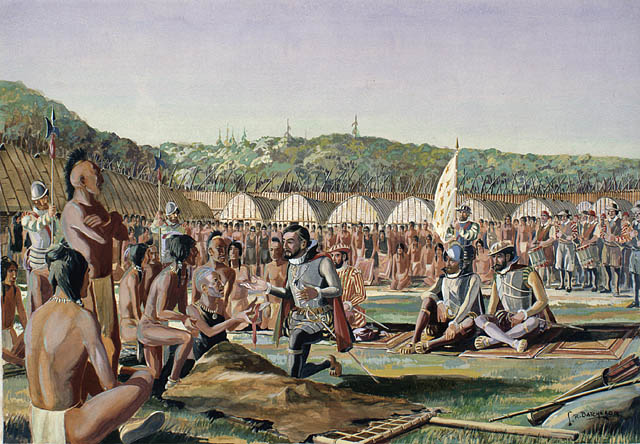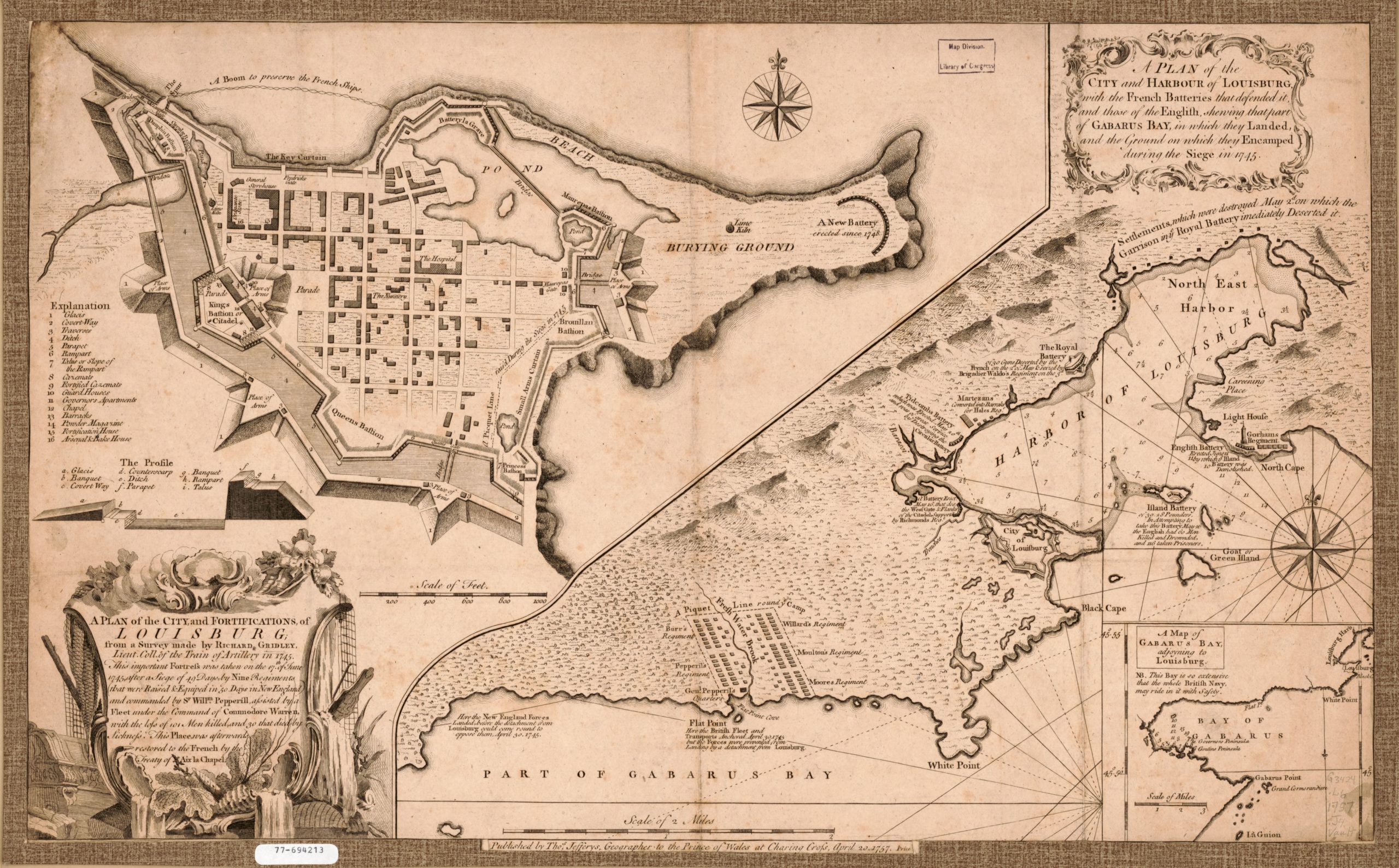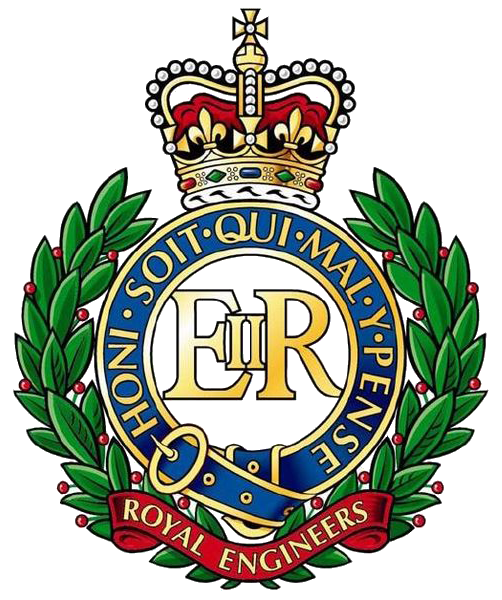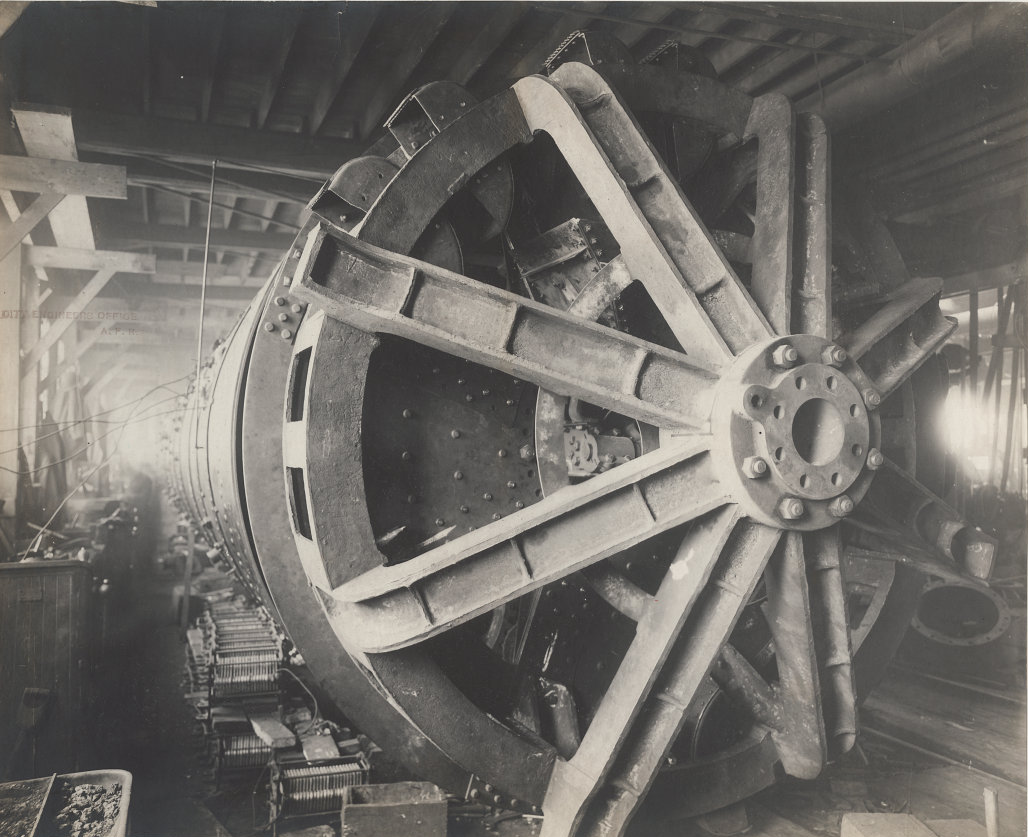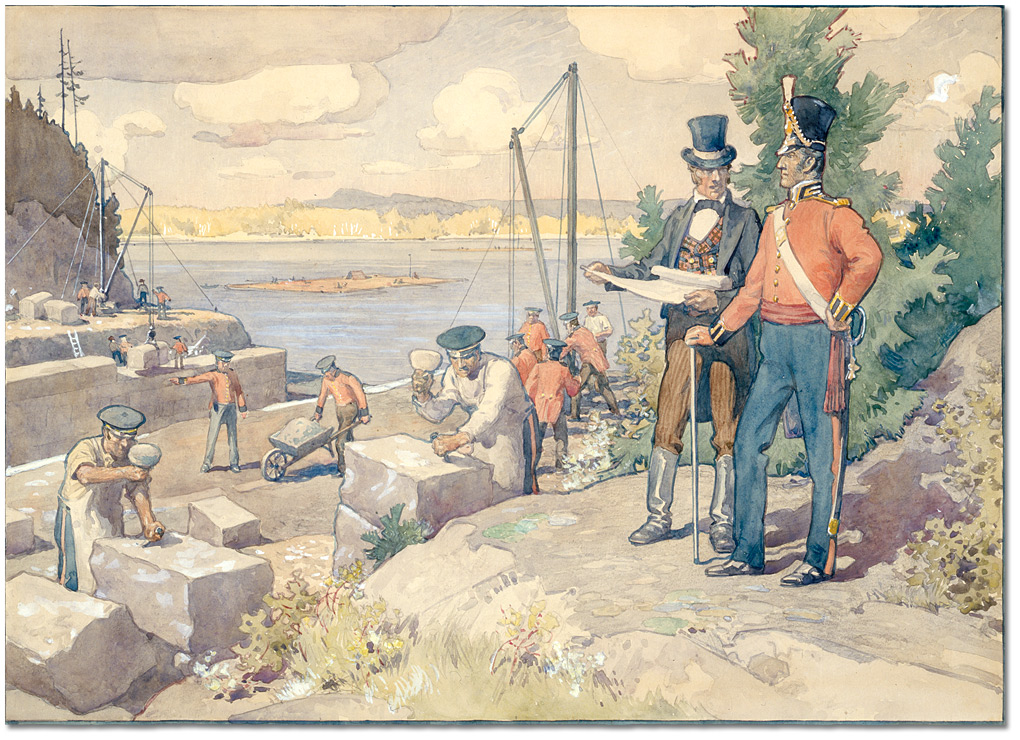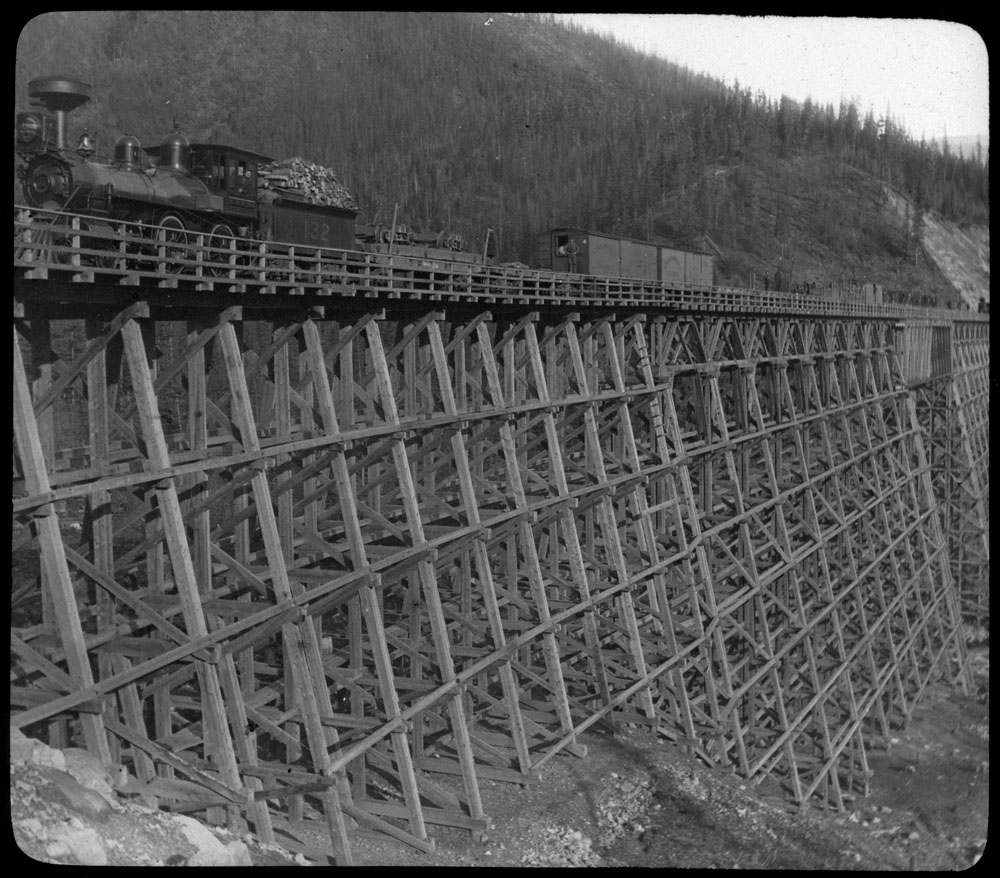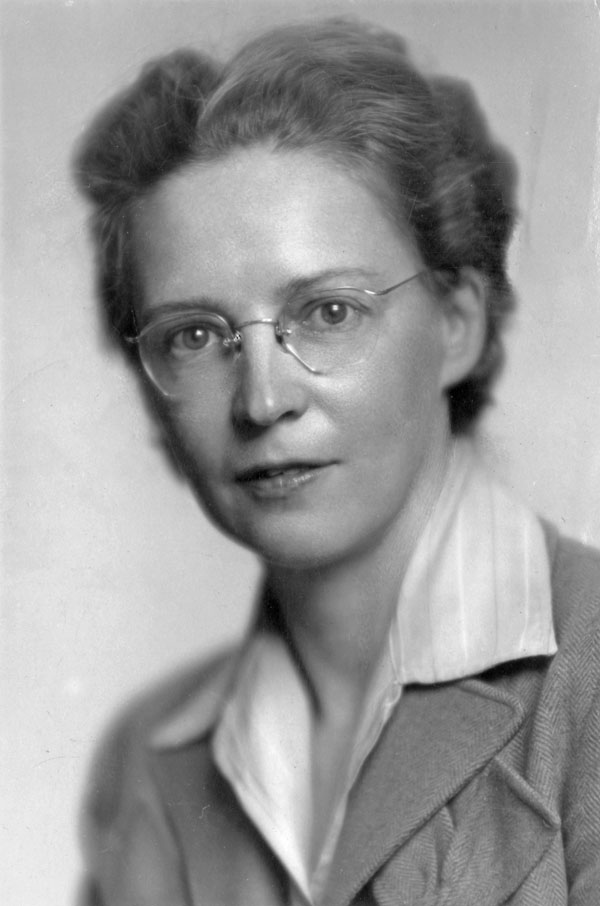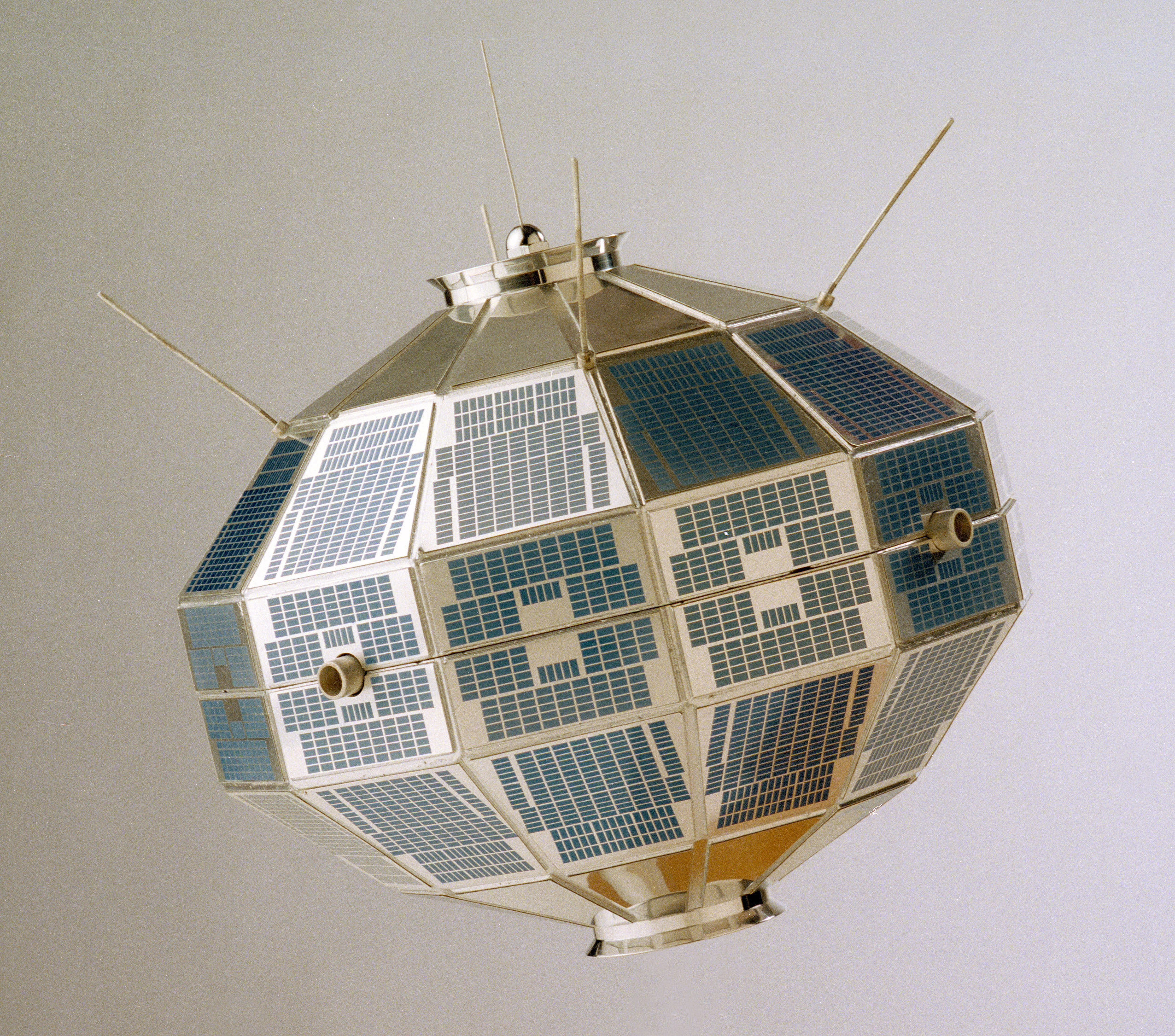Engineering in Canada
History
-
1500's
-
1500's-1800's
-
1800's
-
1800's
-
1800's
-
1800's
-
1800's
-
1800's
-
1887
-
1800's - 1900's
-
1900's
-
1900's - Present
The History of Engineering in Canada
The engineering profession has made important contributions to Canada’s history and culture and is essential for future developments.
Visit the Canadian Encylopeidia Website for a detailed account on the history of engineering in Canada.


